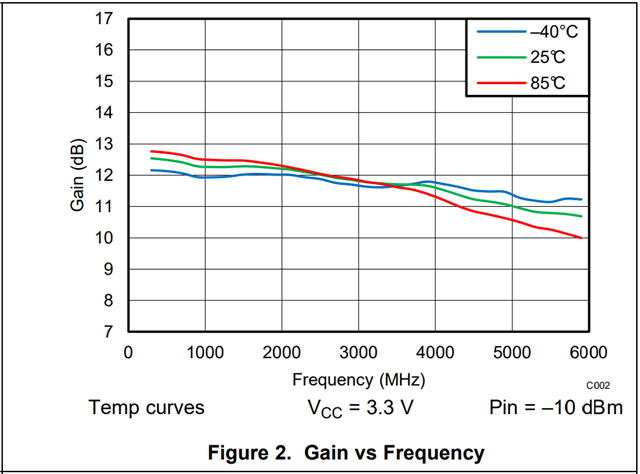Other Parts Discussed in Thread: TINA-TI
Hi,
Our customer inquired about "variation in gain with temperature of the TRF37A73IDSGR". The temperature range is -20°C to 60°C.
Customer says it's OK to use simulation instead of actual data, so I tested it with TINA-TI, and it doesn't seem to change with temperature.
Can the simulation model handle temperature changes?
simulation data : slam256
Best regards,
Hiroshi


